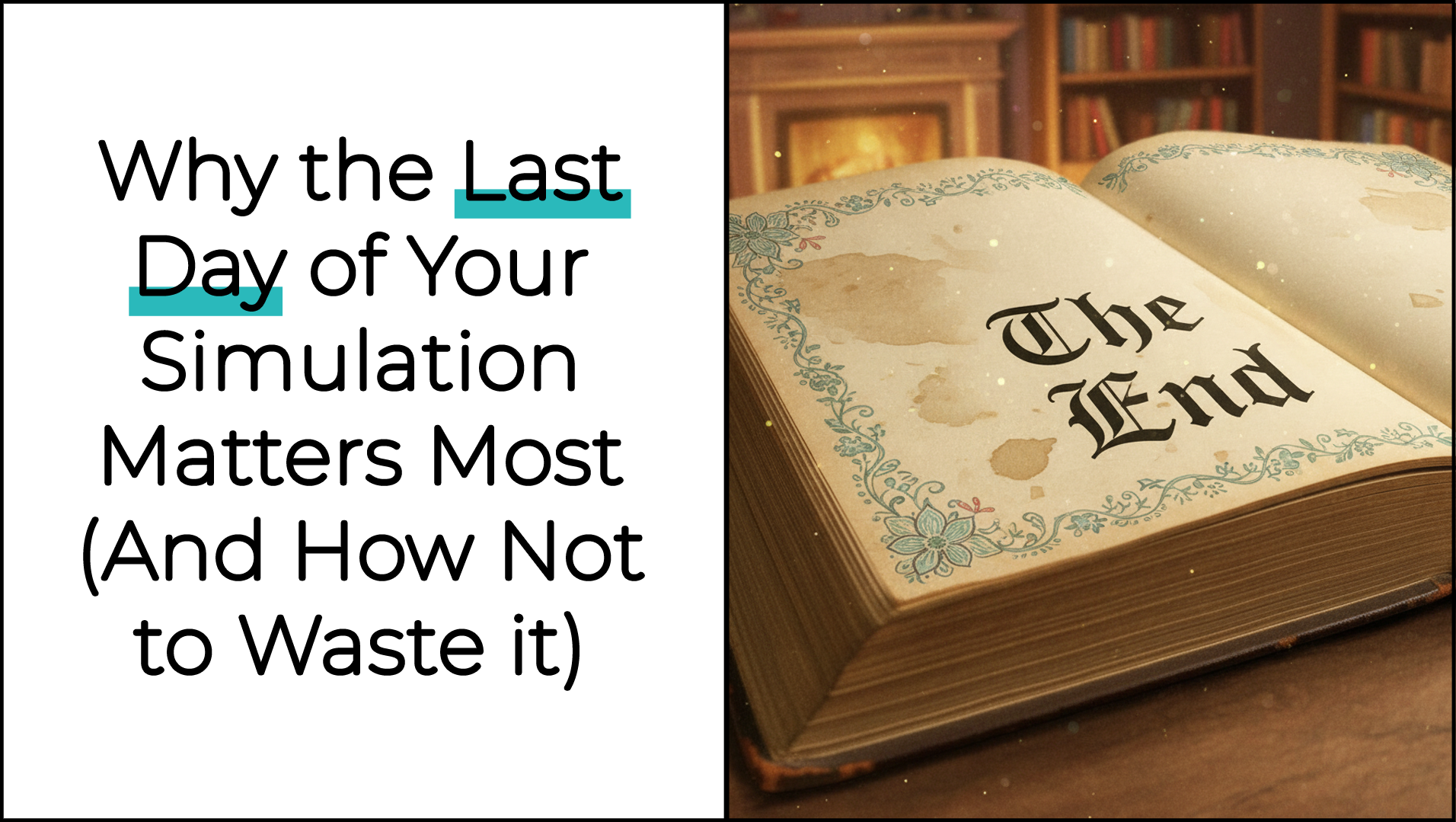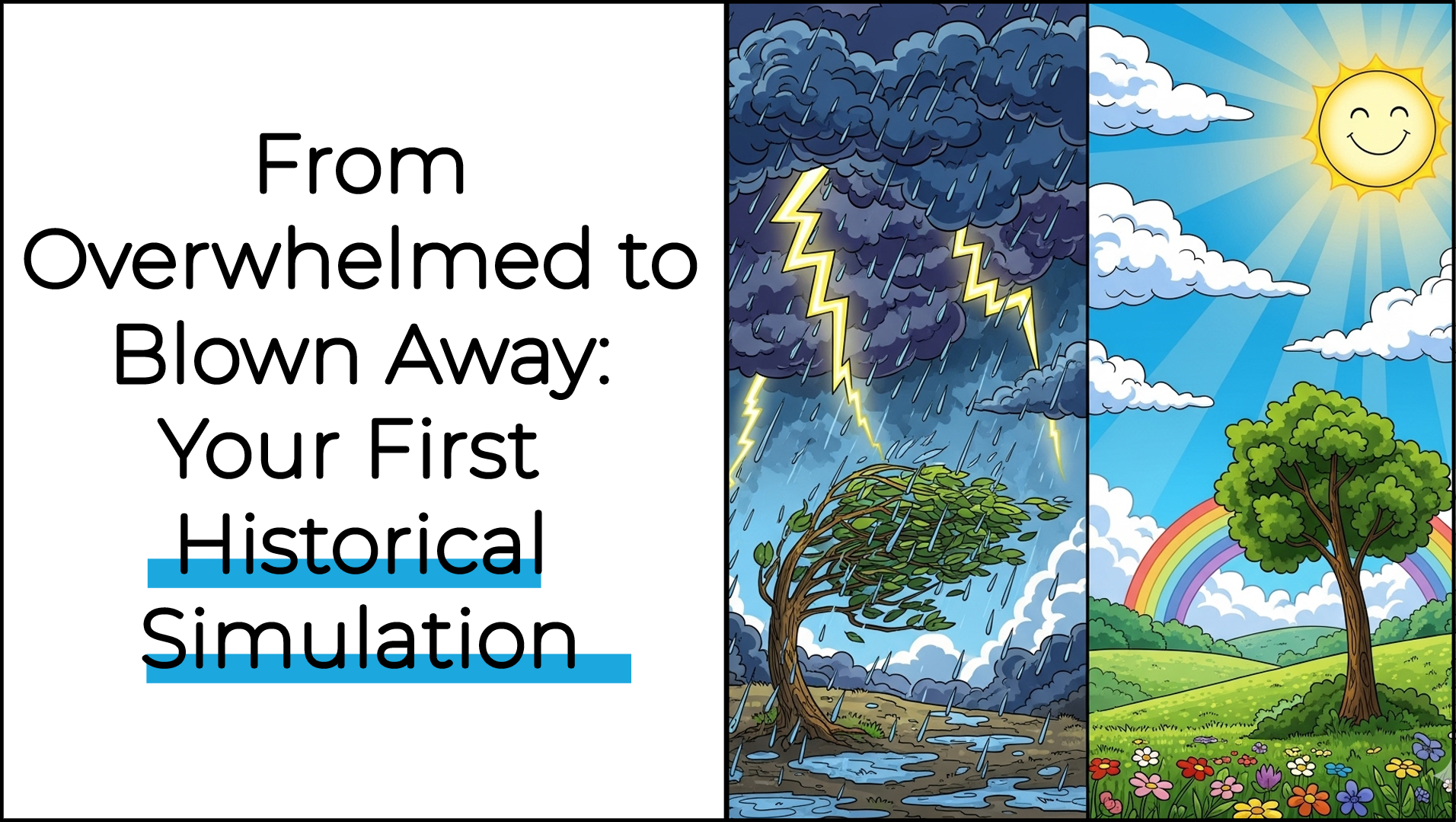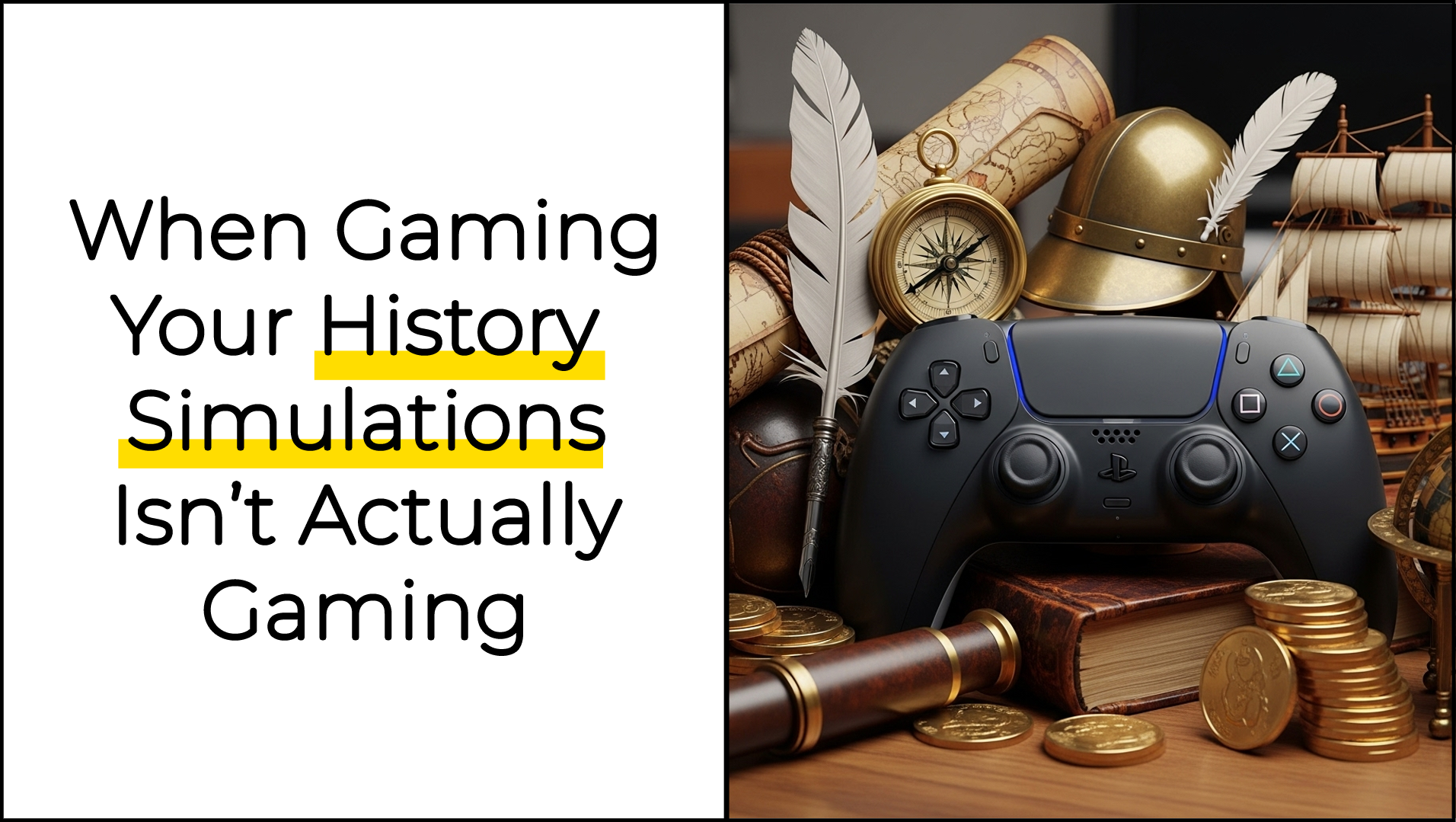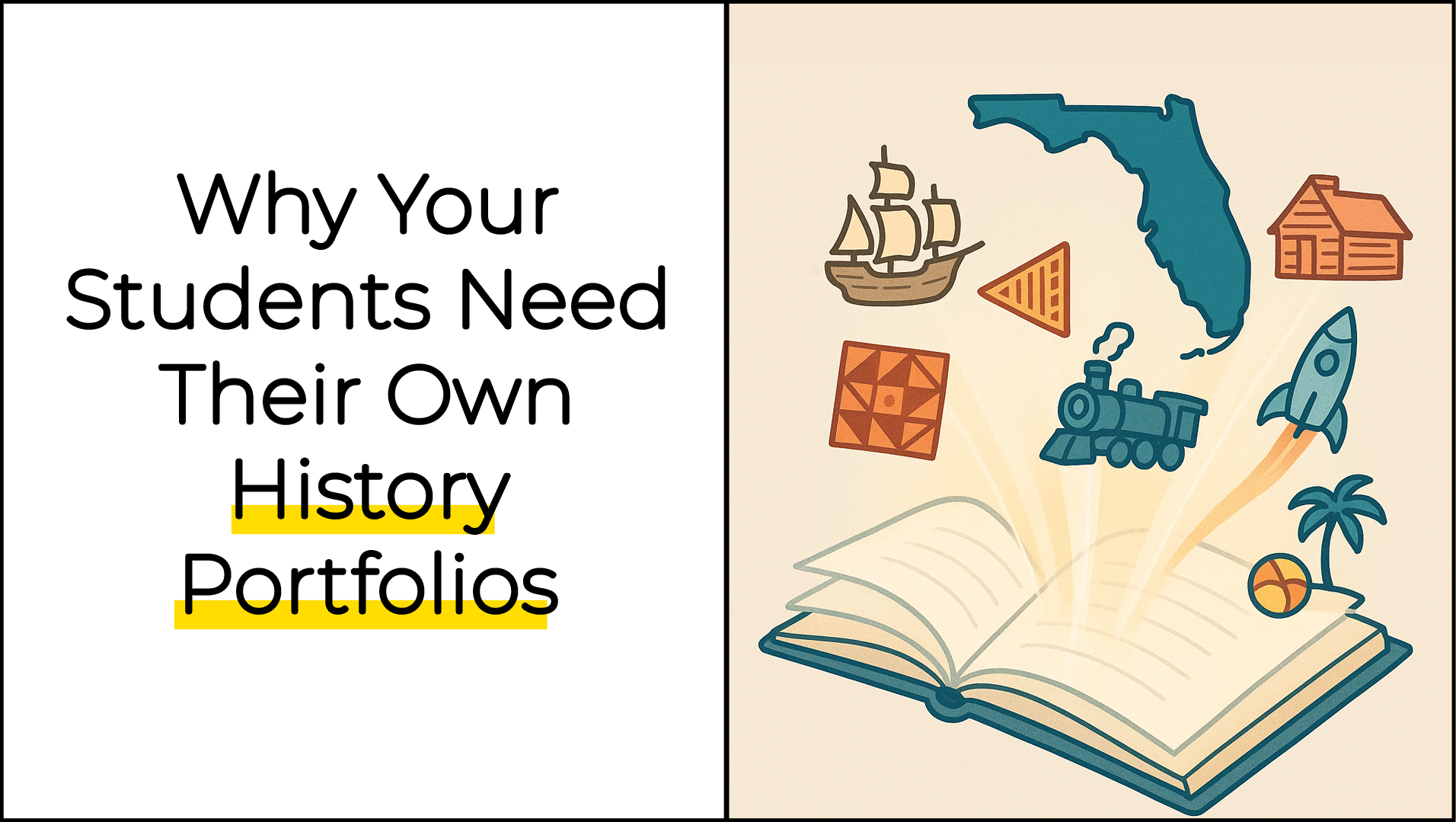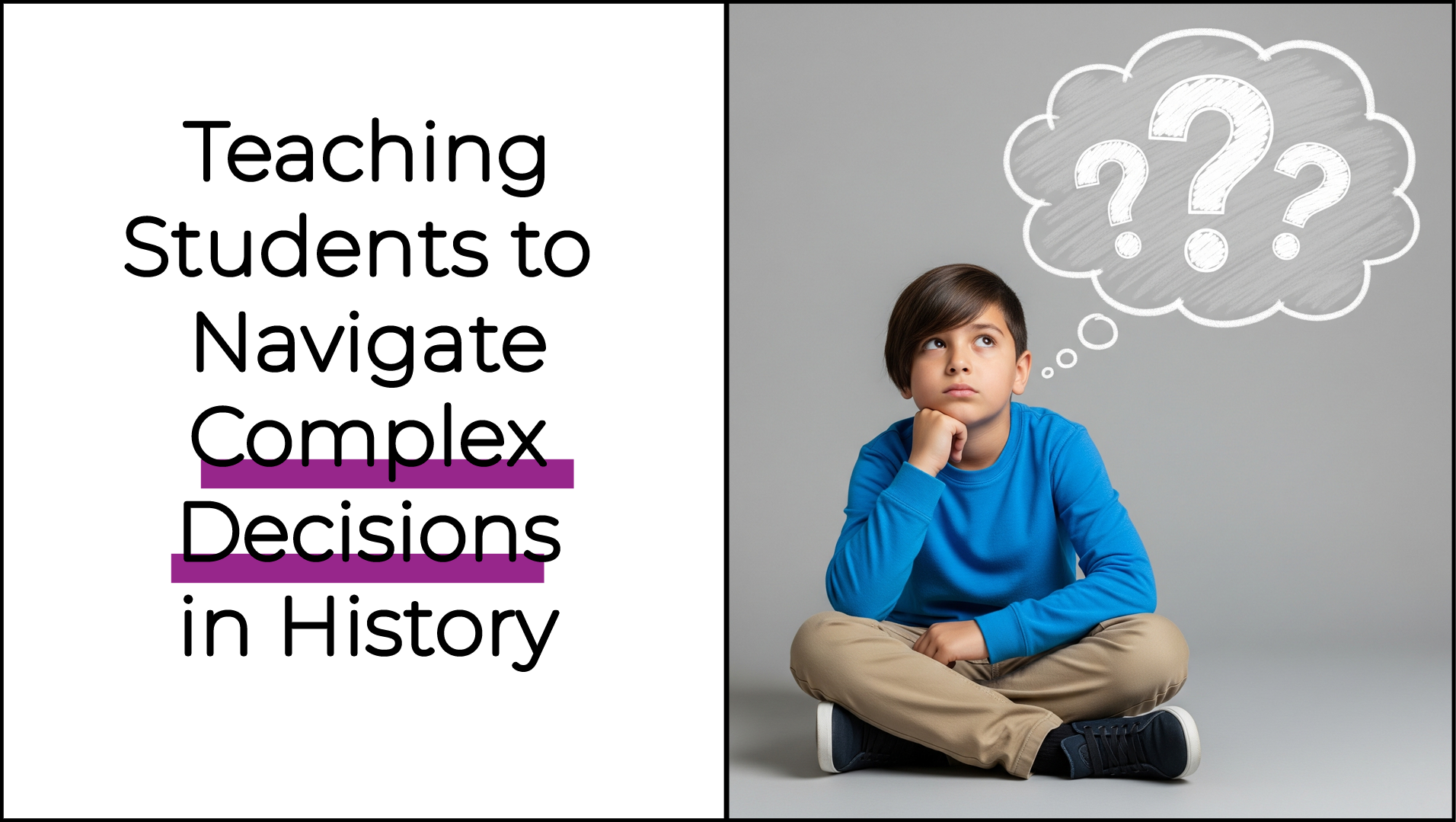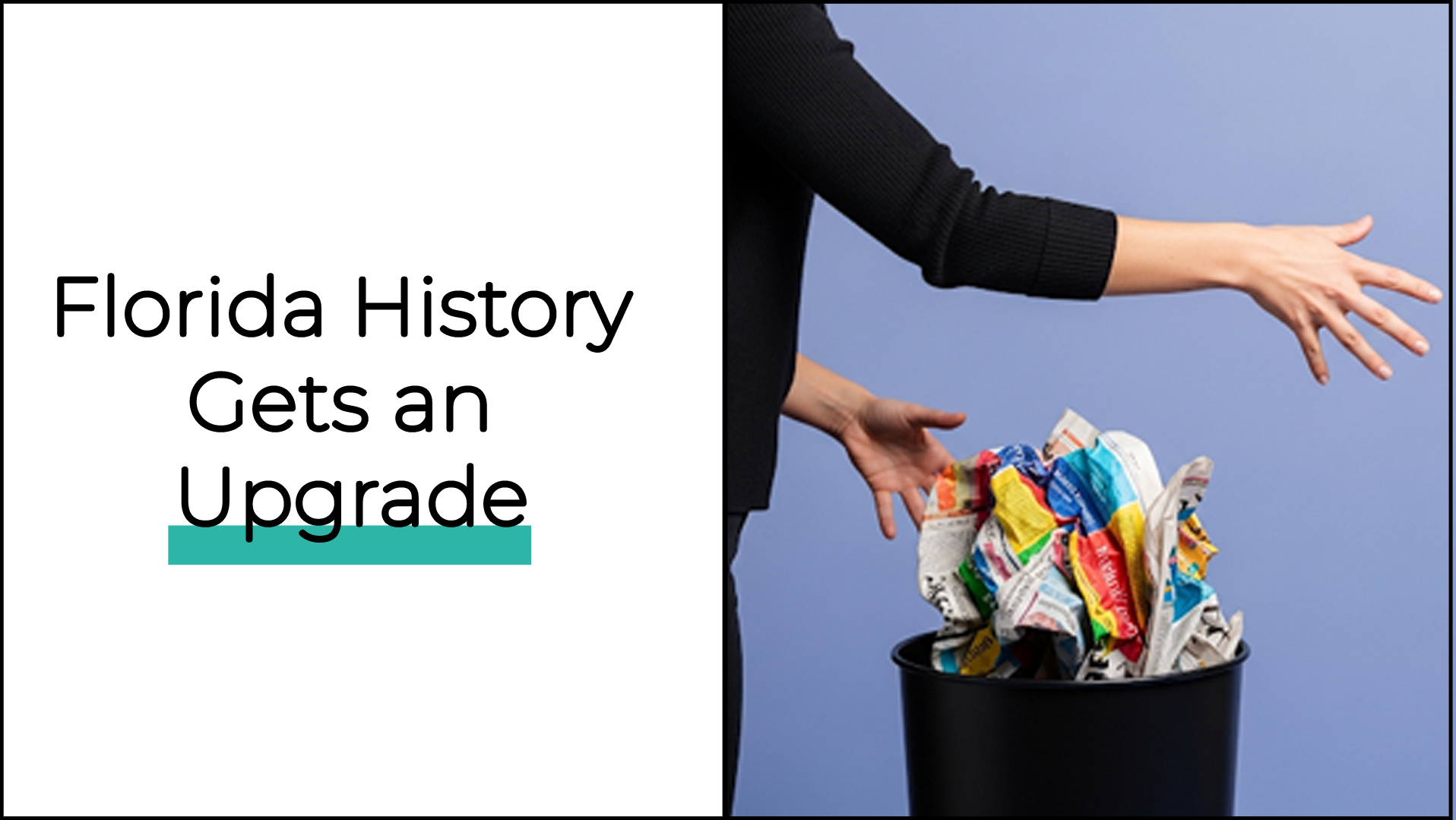"Mrs. Zema, I don't know what to write." Marcus stares at a blank page, wanting to help freedmen vote but not knowing how to write that like a real law. Last year, students would have produced vague statements like "Be nice to everyone." This year, using a four-part bill-writing scaffold that includes enforcement mechanisms, Marcus will present a detailed law about punishing voter intimidation—sophisticated enough to generate genuine legislative debate.
Students disengage during setup when they don't understand WHY they're reading. Here's how giving students roles first transforms heavy reading into essential preparation.
Themed learning doesn't compete with holiday excitement—it harnesses it. Learn why choosing seasonally appropriate content makes engagement easier, not harder.
What happens when students' dice rolls create different outcomes than history? These moments teach more about contingency and causation than any lecture could.
Discover how major turning points in simulations create the perfect context for primary source analysis—making historical documents meaningful instead of abstract.
"How can we pretend to be these people when we know slavery was wrong?" Practical strategies for helping students engage with difficult historical perspectives.
The last day of a historical simulation is more than just a wrap-up—it’s the moment where learning truly sinks in. If you rush, your students miss the chance to process emotions, connect experiences to historical understanding, and transfer insights beyond the classroom. Here’s how to make your simulation endings count.
Teaching history often means facing tough student questions about right and wrong. How do you guide them toward critical thinking without turning your classroom into a political battlefield? Here’s how to stay neutral—even when teaching about injustice.
"At first I was overwhelmed with the game, but after following the step by step directions I was blown away by the effectiveness of it." This honest review from teacher Alia captures what many educators feel when they first consider historical simulations. If you've ever looked at a roleplay unit and thought "This looks amazing, but how do I even start?" you're not alone. That overwhelm is completely normal—and temporary.
"Mrs. Zema, I figured out the pattern! You always make the morale go up when we help people, so let's just always pick the helping choices." This confident declaration came from Alex during our St. Augustine simulation. He was convinced he'd cracked the code for guaranteed success. He was about to learn that historical leadership is far more complicated than finding the right cheat code.
"Mrs. Zema, can I show my mom my timeline?" Marcus was holding his composition notebook, pointing to where he'd documented Pedro Menéndez's landing. That moment reminded me why student learning portfolios aren't just "nice to have"—they're essential for helping students see themselves as historians and learners.
"But Mrs. Zema, what's the right answer?" This question comes up constantly when my fourth graders are deep in historical simulations. They want me to tell them which choice is correct after debating whether to strengthen defenses or feed hungry families. Here's what I've learned: the most powerful historical thinking happens when students navigate decisions with no clear "right" answer.
"I can't read this. It's too hard." How many times have you heard that when introducing primary sources to elementary students? I used to think historical documents were only for middle and high school—until I discovered how to make them accessible and engaging for fourth graders. Here's my proven 3-step process that works.
Three years ago, I was drowning in Studies Weekly newspapers. You know the ones—those thin, social studies "newspapers" that somehow managed to make Florida's incredible history feel as exciting as reading a phone book. There had to be a better way, and I found it.







